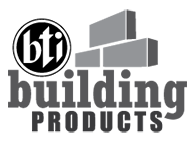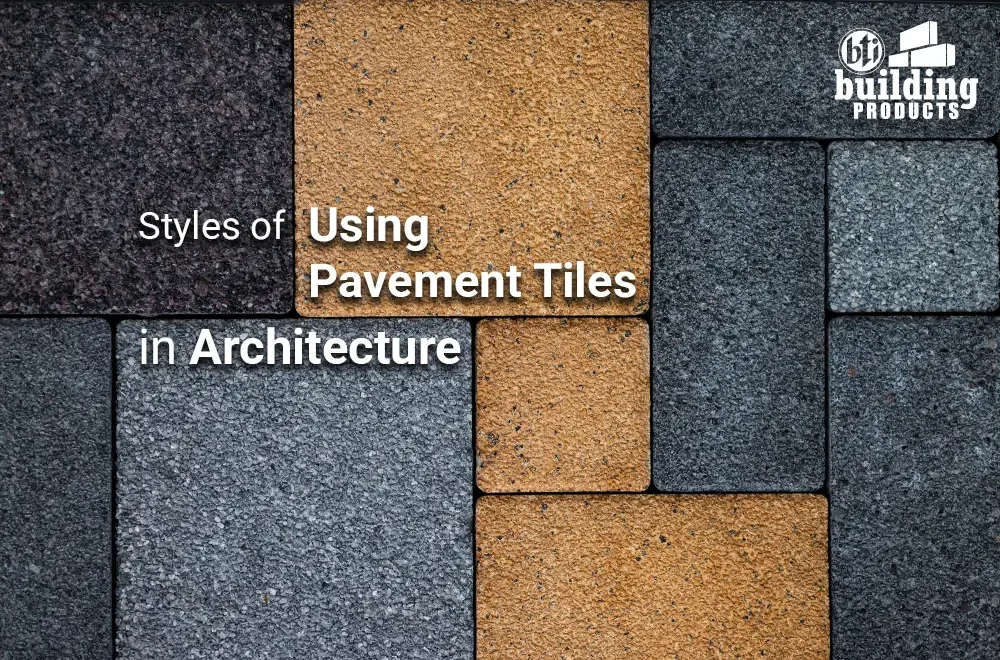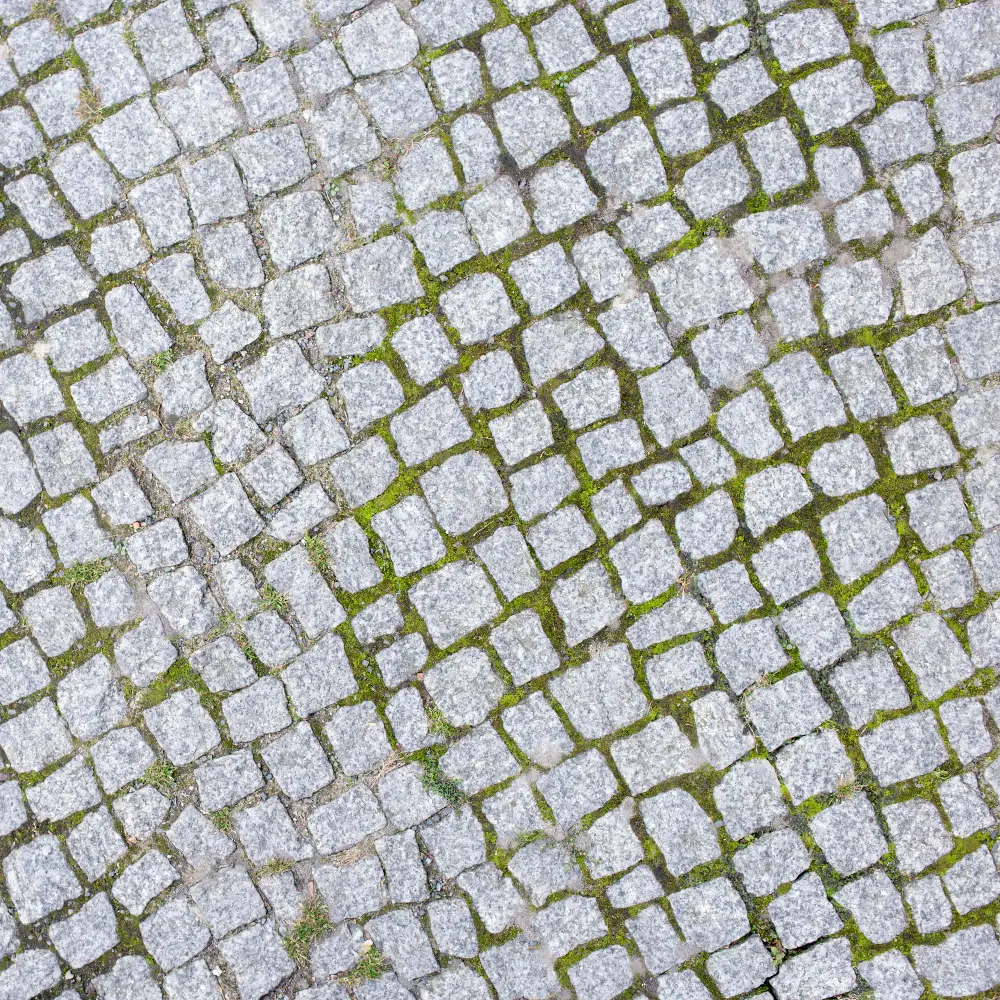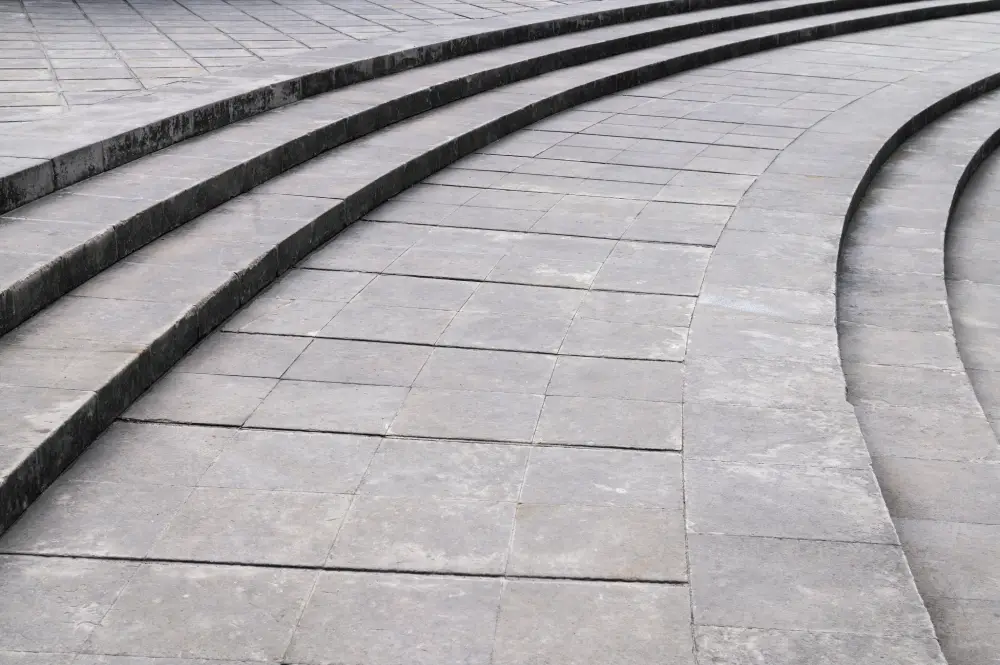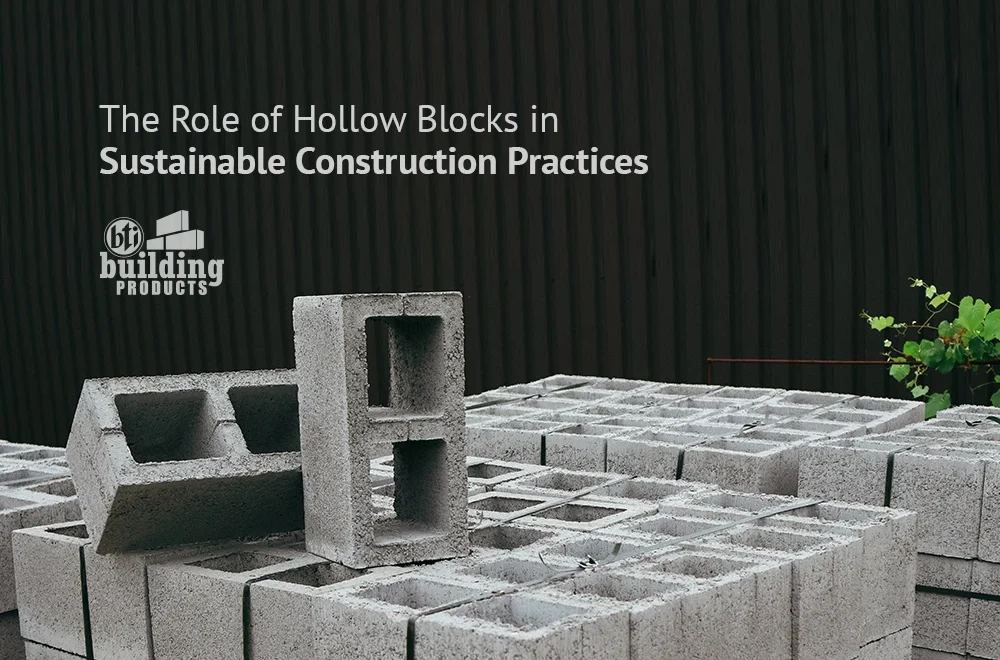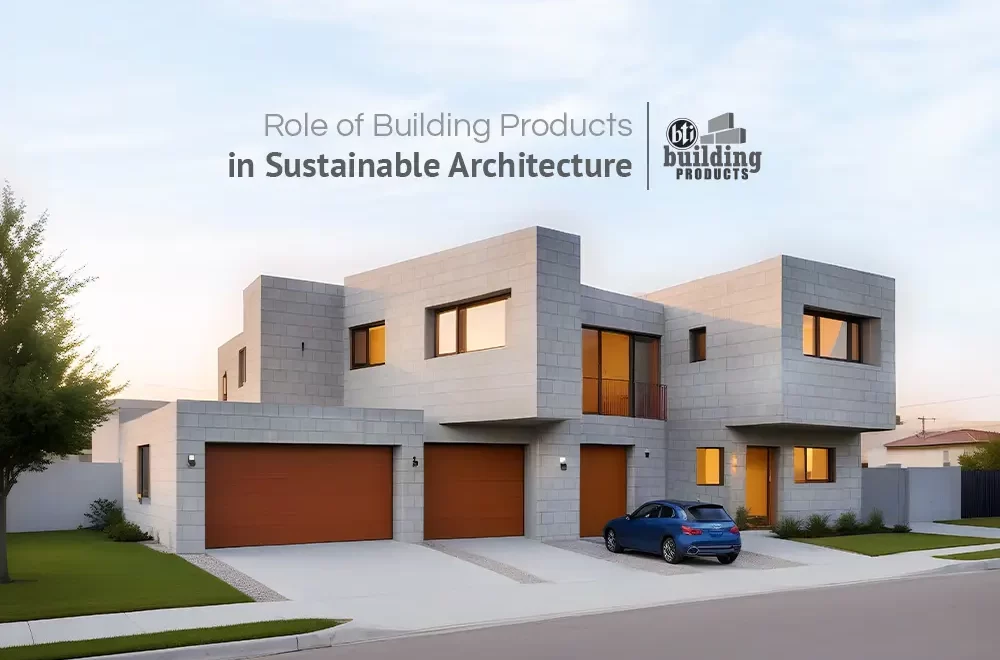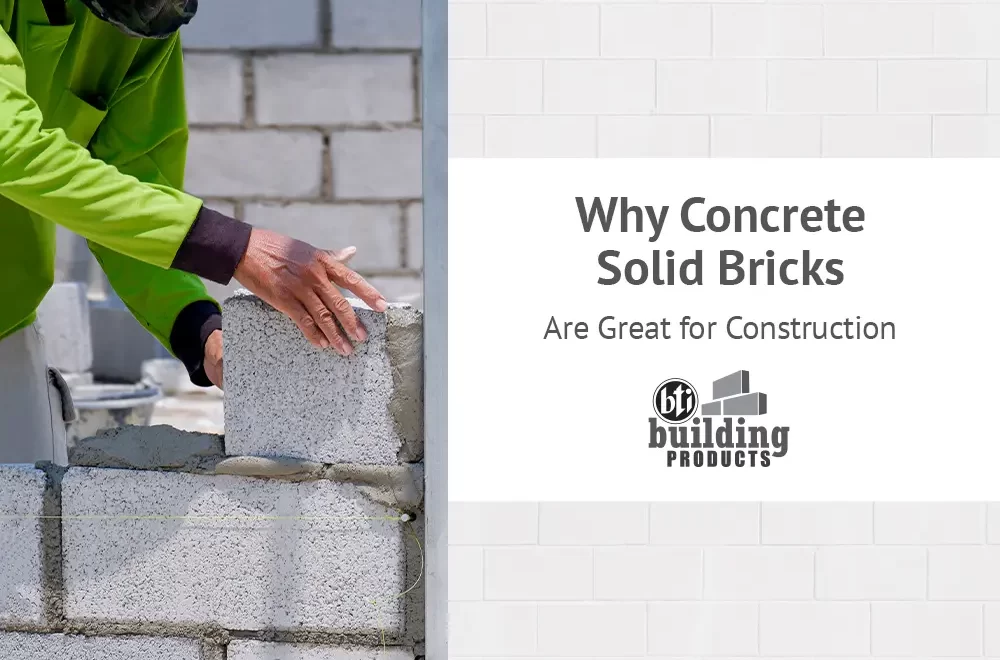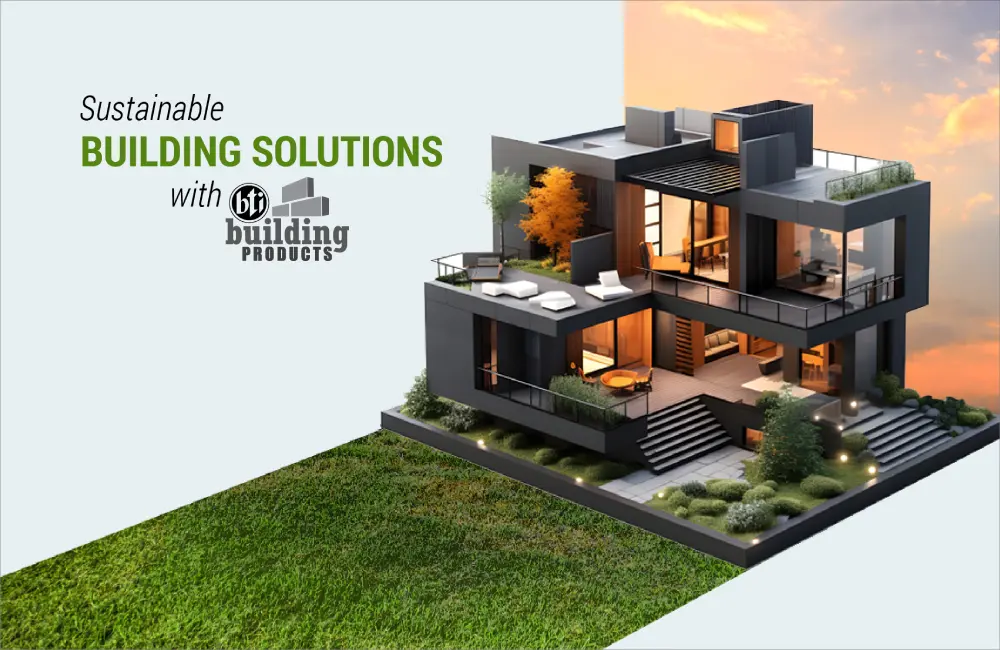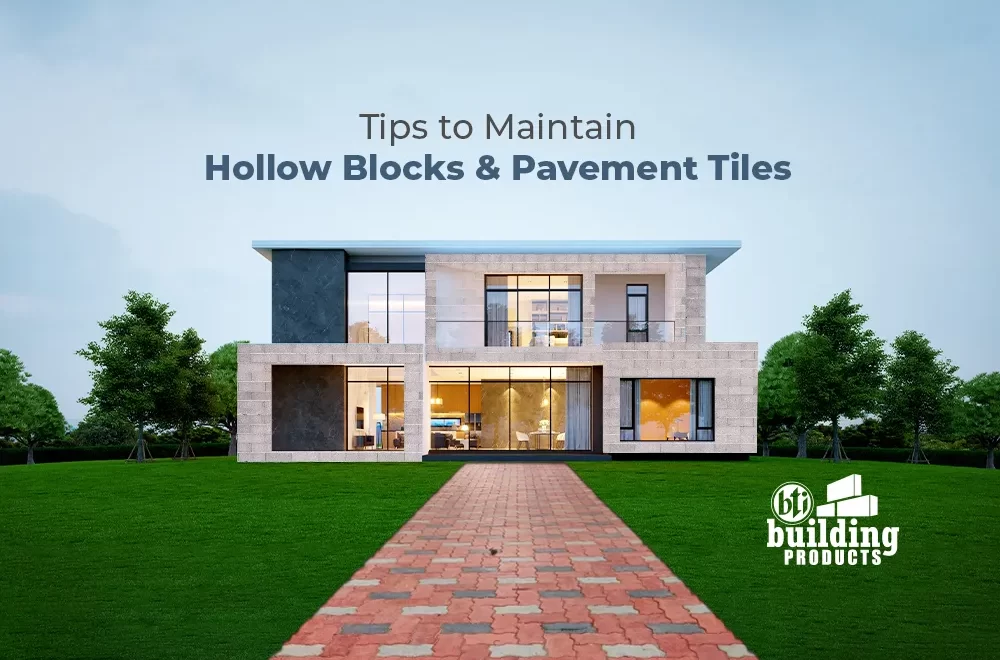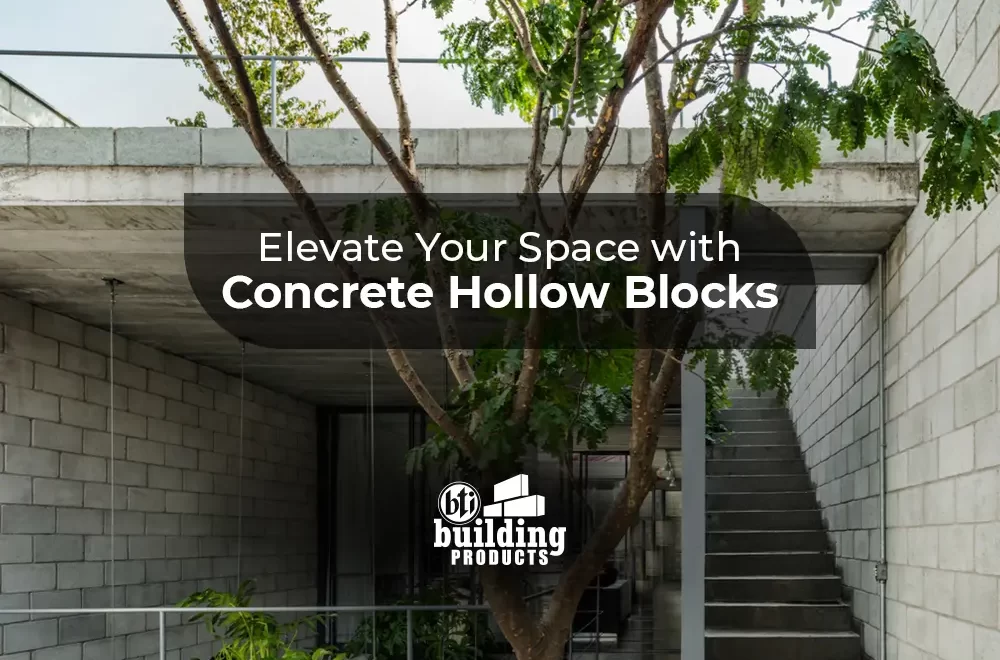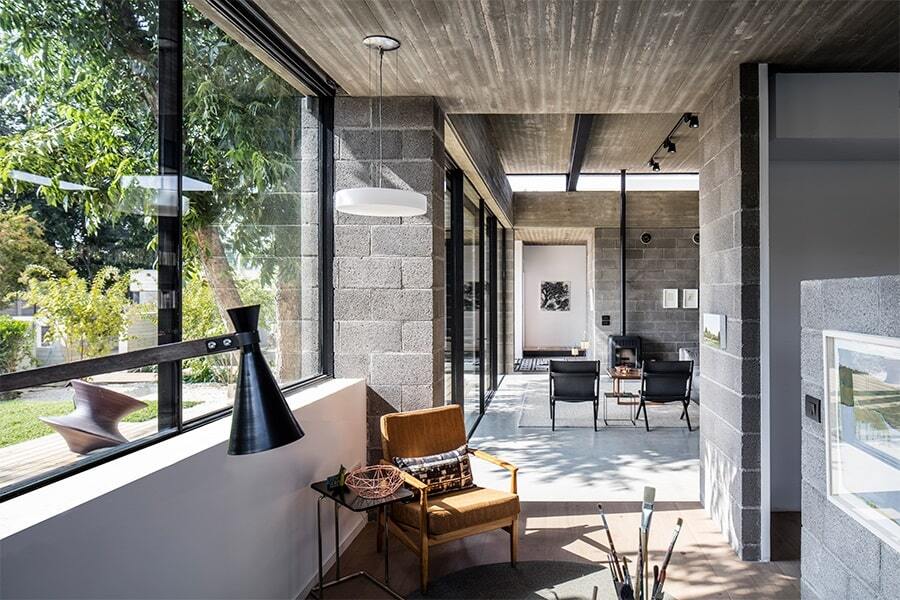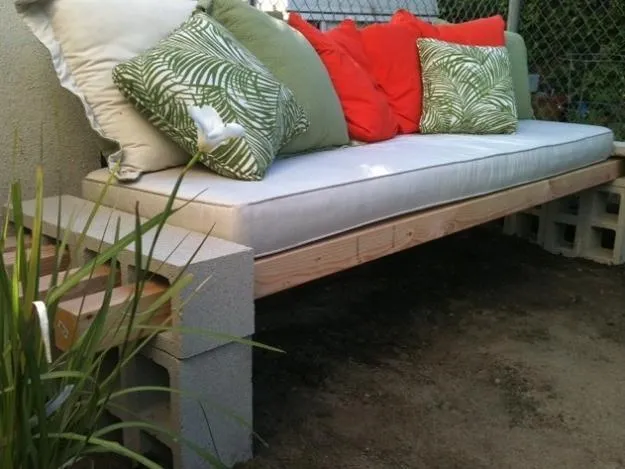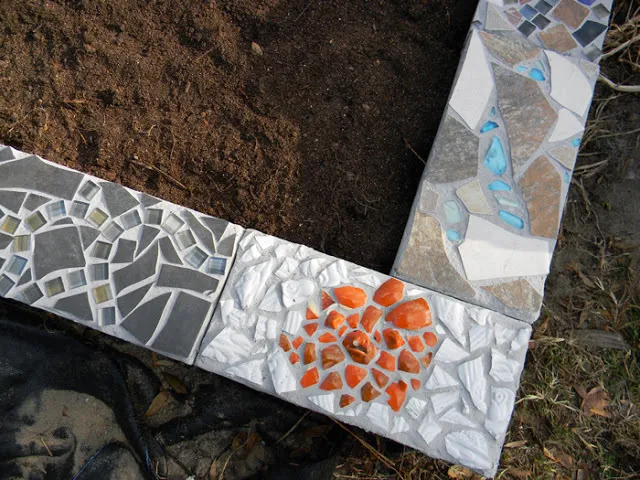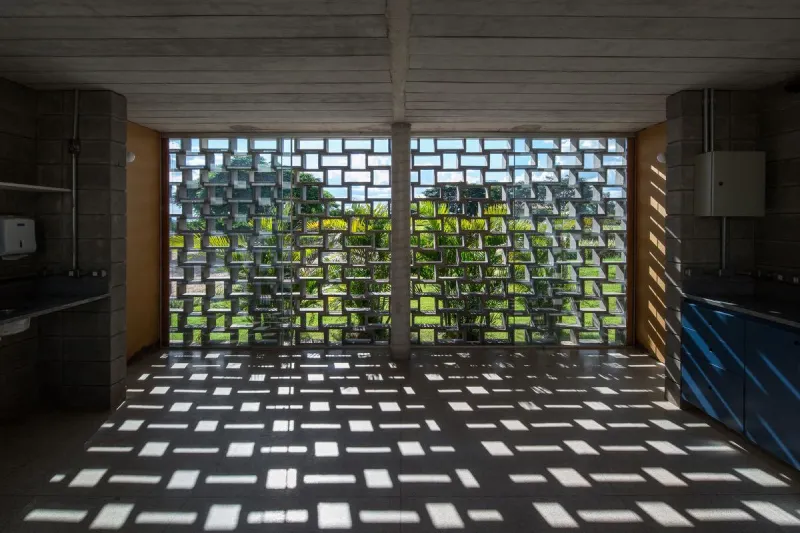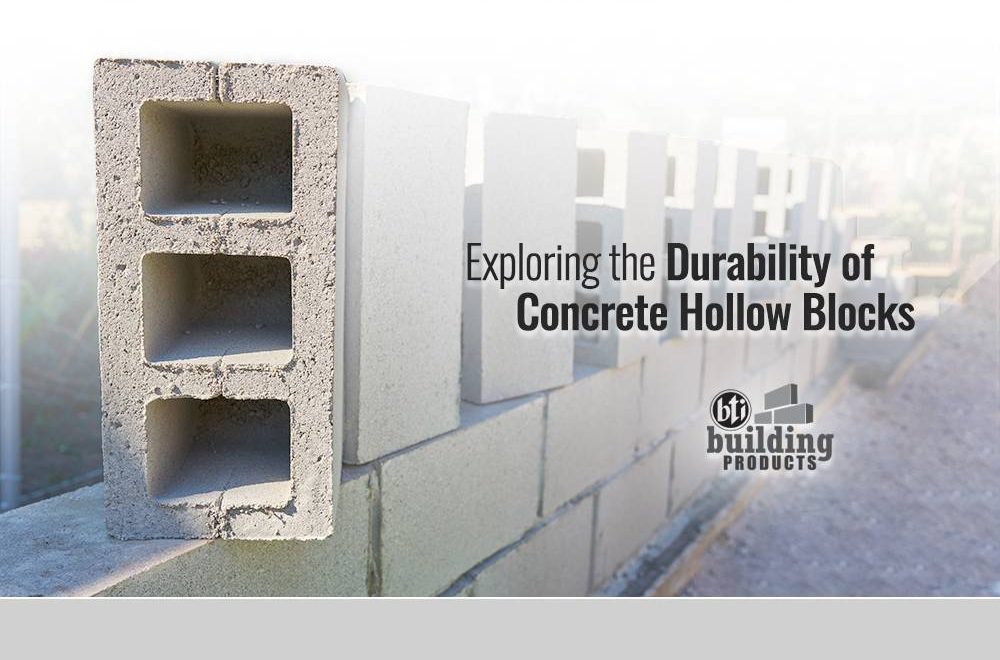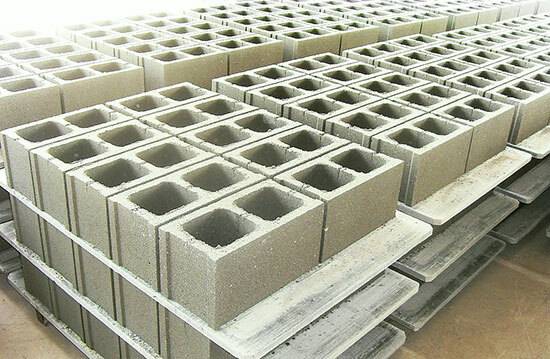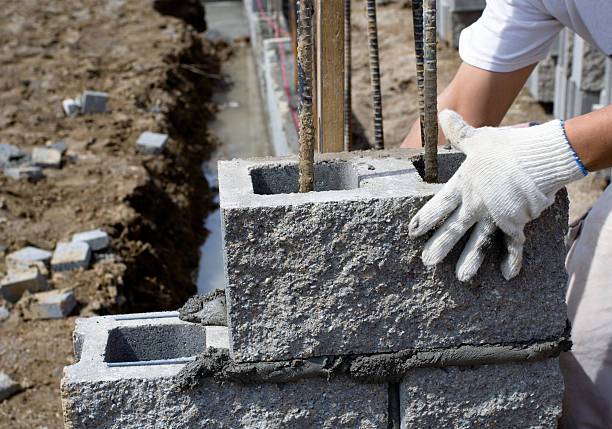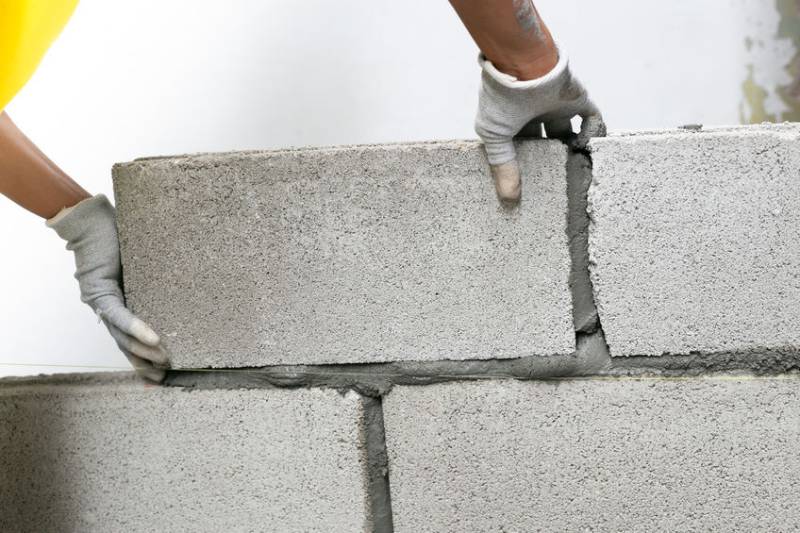Function Meets Art: Styles of Using Pavement Tiles in Architecture
When walking through any city, your feet will be tracing a quiet story—one told through a wide array of colors, textures, and patterns. Pavement tiles often get overlooked in the architectural conversation. They have an essential role in functionality & in framing human experience. Pavement tiles are design elements that communicate a ton, be it mood, order, rhythm or even cultural identity. They guide our steps through the built environment, unweaving history for us as we go along.
1. The Geometry of Order: Modular and Linear Patterns
One of the most enduring styles of pavement tiling is geometric precision. Think squares, rectangles, herringbone, or chevrons—these tile arrangements aren’t just for visual appeal; they evoke a sense of structure, balance, and control.
In urban spaces like plazas and promenades, linear paving styles subtly guide pedestrian flow. In residential courtyards, modular grid patterns provide a harmonious base that perfectly complement minimalist architecture. There is something deeply comforting about order—and tiles can bring that order to life under our feet.
2. Organic Play: Curved, Mosaic, and Freeform Tiling
Organic paving styles celebrate irregularity and freedom of expression. Inspired by nature’s asymmetry, these designs use rounded tiles, natural stone, or broken ceramics arranged like puzzle pieces.
This style often shows up in Mediterranean, Spanish, and Moroccan architecture. Think of Gaudí’s Parc Güell in Barcelona—a riot of colorful, irregular tiles forming sinuous benches and winding walkways. Organic tiling doesn’t just support movement; it evokes wonder.
In today’s world, where uniformity dominates, organic pavement offers a counterbalance—a celebration of spontaneity, imperfection, and soul.
3. Cultural Echoes: Patterns with Heritage
For centuries, tiles have been vehicles for cultural storytelling. Islamic tiling with its intricate arabesques, Portuguese azulejos in public courtyards, Indian sandstone carvings—each carries history in its design.
In modern architecture, there’s a growing trend of reviving traditional patterns in modern materials. A pavement tile may be a direct nod to a community’s heritage, reminding us of our ancestors and their histories. This fusion of past and present makes for public spaces that are deeply resonant for generations to come.
4. Vibrant Colors
With more passing time, pavement tiles are now turning from greyscale. Color is becoming more intentional in pavement tiles. Earthy terracottas can be used to warm up cold climates. Cool blues and whites bring a sense of calm to sun-drenched regions. Multi-colored mosaics brighten community parks and schoolyards.
Color psychology plays an increasingly central role in urban design, and tiles—being so visible and tactile—are a perfect medium to set the tone.
5. Sustainability & Style
As the world moves towards sustainability, more architects and designers are choosing permeable pavers, recycled materials, and eco-friendly processes. Green paving styles use open-jointed slabs, or tiles that allow for water absorption, cooling the city and supporting plant growth. The intention of moving towards sustainable architecture is to build beautifully while simultaneously caring for the ground below.
So the next time you step onto a tiled path, take a pause for a moment. Notice the pattern. Ask where it came from, listen to what it is trying to say, how it is making you feel. The tiles you’re walking on aren’t just passive—they are shaping your journey.
In architecture, every element matters. Pavement tiles carry tradition, guide movement, and offer beauty where we least expect it—beneath our very feet. It is therefore a privilege to be able to work with pavement tiles in architecture, because you can then experiment with art & functionality.
